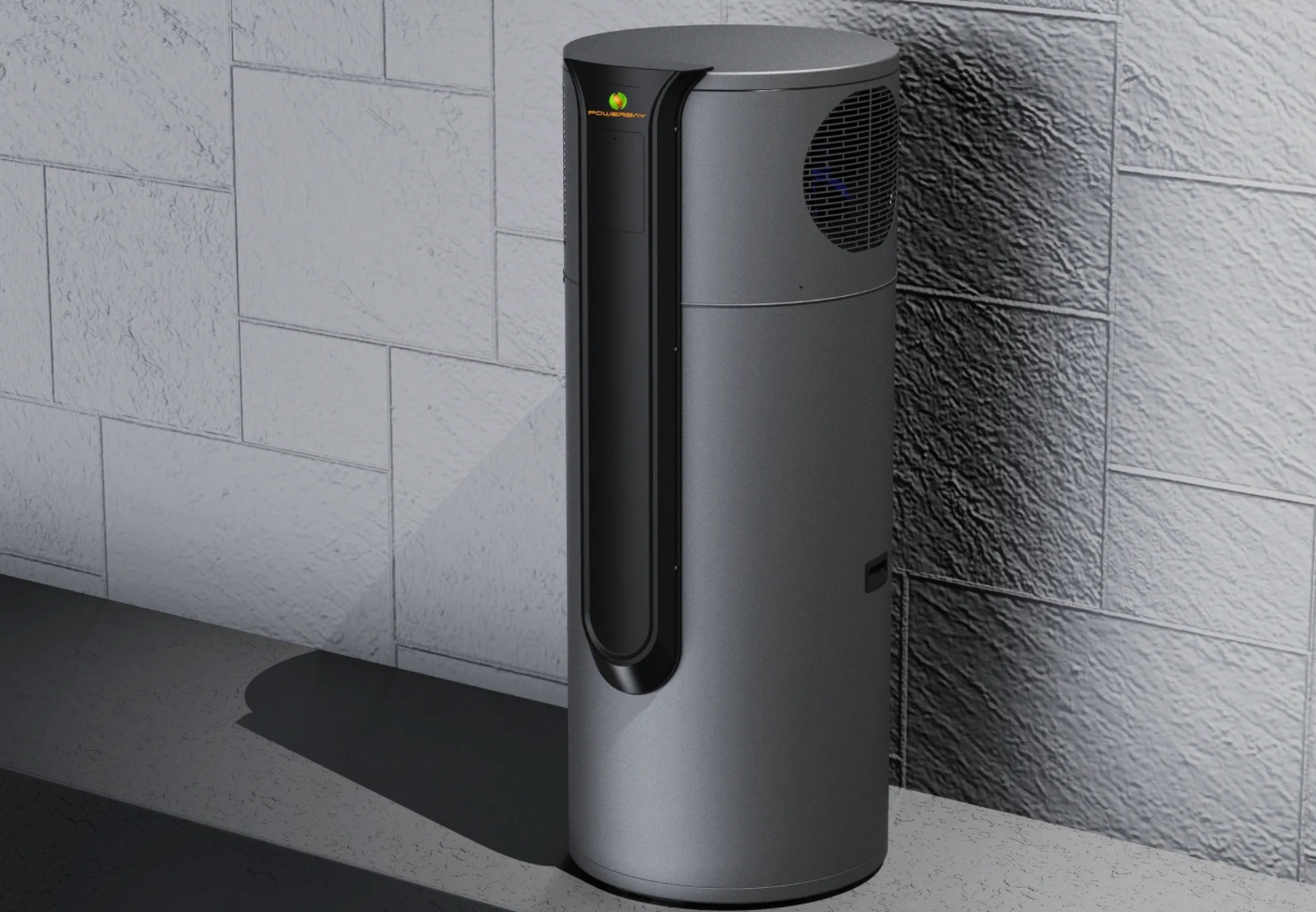The Imperative of Sustainable Energy
In a world where the energy demand continue to soar, the importance of sustainable energy sources cannot be overstated. With the spectre of climate change looming ever larger, the need to transition to renewable and eco-friendly energy alternatives has never been more urgent. Fortunately, there is hope on the horizon as we harness the power of innovation and technology to pave the way towards a cleaner, greener future.
The current reliance on fossil fuels such as coal, oil, and gas has led to a myriad of environmental challenges, from air and water pollution to habitat destruction and greenhouse gas emissions. The burning of these finite resources not only contributes to climate change but also perpetuates social and economic inequalities around the globe.
To address these pressing issues, the transition to sustainable energy sources is imperative. Renewable energy, derived from natural processes that are replenished constantly, offers a viable solution. By harnessing the power of the sun, wind, water, and geothermal heat, we can generate electricity without depleting finite resources or harming the environment.
One of the most promising avenues for sustainable energy is solar power. Solar panels, comprised of photovoltaic cells, convert sunlight directly into electricity, providing a clean and abundant source of energy. From rooftop installations on residential homes to sprawling solar farms in rural areas, solar power has the potential to revolutionise the way we generate electricity.
Wind energy is another key player in the renewable energy landscape. Wind turbines, strategically positioned in windy locales, capture the kinetic energy of the wind and convert it into electricity. With advancements in turbine technology and offshore wind farms, wind energy has become increasingly efficient and cost-effective, making it a viable alternative to traditional fossil fuels.
Hydropower, derived from the gravitational force of flowing water, has long been a staple of renewable energy production. Dams and turbines harness the energy of rivers and streams, generating electricity without emitting harmful pollutants. While hydropower has faced criticism for its environmental impact on aquatic ecosystems and displacement of communities, there is potential for more sustainable approaches, such as run-of-river systems and tidal energy.
Geothermal energy, tapping into the heat stored beneath the Earth's surface, offers a reliable and consistent source of power. Geothermal power plants utilise hot water and steam from geothermal reservoirs to drive turbines and generate electricity. With geothermal resources found in regions prone to volcanic activity, such as Iceland and the Rift Valley in East Africa, there is vast untapped potential for geothermal energy to play a larger role in the global energy mix.
While the transition to sustainable energy is underway, it is not without its challenges. From technological limitations and infrastructure constraints to policy barriers and entrenched interests, there are numerous obstacles to overcome. However, with concerted effort and collaboration across sectors, we can surmount these challenges and accelerate the adoption of renewable energy solutions.
Investment in research and development is crucial to driving innovation and lowering the cost of renewable technologies. Governments, businesses, and research institutions must collaborate to fund projects that advance the state of the art in solar, wind, hydro, and geothermal energy. Additionally, supportive policies such as tax incentives, renewable energy mandates, and carbon pricing mechanisms can create favourable conditions for the growth of sustainable energy industries.
Education and outreach are also essential in raising awareness about the benefits of sustainable energy and fostering a culture of environmental stewardship. By empowering individuals and communities to make informed choices about energy consumption and conservation, we can collectively reduce our carbon footprint and mitigate the impacts of climate change.
As we stand at the crossroads of environmental crisis and technological innovation, the choice is clear: we must embrace sustainable energy as the path forward. By investing in renewable technologies, advocating for policy reform, and changing our behaviours and attitudes towards energy consumption, we can build a more resilient and equitable world for future generations.
Together, let us harness the power of the sun, wind, water, and Earth to power tomorrow's world sustainably. The time for action is now. Join us on this journey towards a brighter, cleaner future for all.
Disclaimer: The information provided in this blog post is for general purposes only. While we strive to ensure the accuracy and reliability of the content, we make no representations or warranties of any kind, express or implied, about the completeness, accuracy, reliability, suitability, or availability of the information contained herein. Any reliance you place on such information is strictly at your own risk. We will not be liable for any loss or damage arising from the use of, or reliance on, the information presented in this blog post. It is always recommended to seek professional advice or conduct further research for specific situations or concerns. The inclusion of any links to external websites does not necessarily imply endorsement or support for the views expressed within them.


All Rights Reserved | Sustainable Energy Partners
